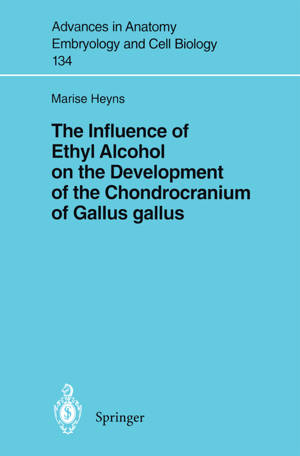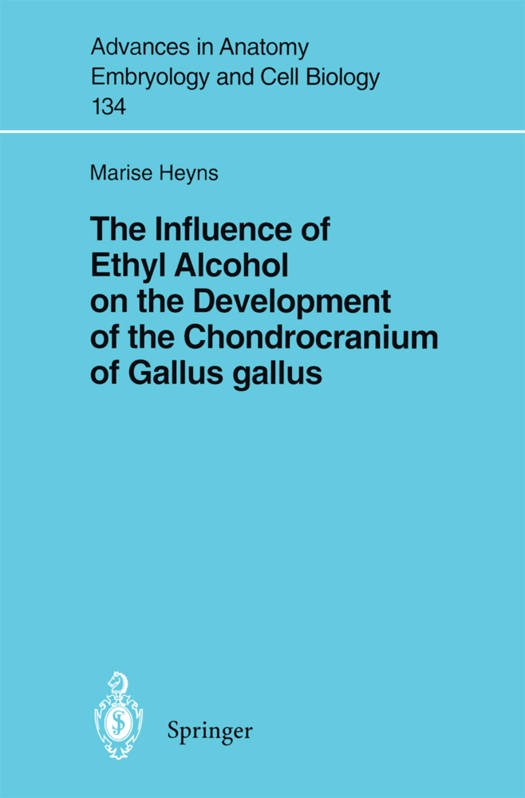
- Afhalen na 1 uur in een winkel met voorraad
- Gratis thuislevering in België vanaf € 30
- Ruim aanbod met 7 miljoen producten
- Afhalen na 1 uur in een winkel met voorraad
- Gratis thuislevering in België vanaf € 30
- Ruim aanbod met 7 miljoen producten
Zoeken
The Influence of Ethyl Alcohol on the Development of the Chondrocranium of Gallus Gallus
Marise Heyns
€ 105,45
+ 210 punten
Omschrijving
According to Jones and Smith (1973) the potential adverse effect of maternal alcoholism on the development of the offspring has been referred to in early Greek and Roman mythology. In a Carthaginian ritual, the bridal couple was forbidden to drink wine on their wedding night in order that defective children might not be conceived (Haggard and Jellinek 1942). Also, according to lones and Smith (1973,1975), the British House of Commons indicated in 1834, in a report by a select committee investigating drunk- enness, that infants born to alcoholic mothers sometimes had a starved, shrivelled and imperfect look. According to Librizzi (1982) the first documented observations appeared in 1849 with the publication of the essay by Carpenter entitled "The Use and Abuse of Alcoholic Liquors in Health and Disease". He stated that habitual intemperance is the most potent of all causes of insanity because it aggravates the operation in other causes. Sullivan (1990) recorded increased abortion and stillbirth rates among chronically al- coholic mothers in a Liverpool prison and an increased incidence of epilepsy in their surviving offspring. Various investigators including Ladraque (1901), Roe (1944). Le- comte (1950), Christiaens et al. (1960) and Lemoine et al. (1967) have since then reported increased incidence of abnormalities and decreased weight of surviving children born to chronic alcoholic mothers.
Specificaties
Betrokkenen
- Auteur(s):
- Uitgeverij:
Inhoud
- Aantal bladzijden:
- 128
- Taal:
- Engels
- Reeks:
- Reeksnummer:
- nr. 134
Eigenschappen
- Productcode (EAN):
- 9783540617099
- Verschijningsdatum:
- 13/12/1996
- Uitvoering:
- Paperback
- Formaat:
- Trade paperback (VS)
- Afmetingen:
- 156 mm x 234 mm
- Gewicht:
- 204 g

Alleen bij Standaard Boekhandel
+ 210 punten op je klantenkaart van Standaard Boekhandel
Beoordelingen
We publiceren alleen reviews die voldoen aan de voorwaarden voor reviews. Bekijk onze voorwaarden voor reviews.











